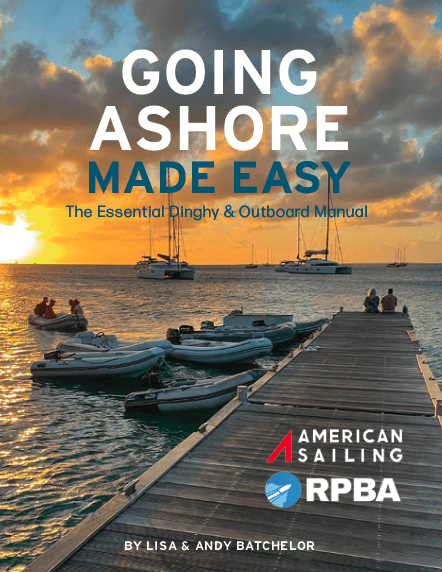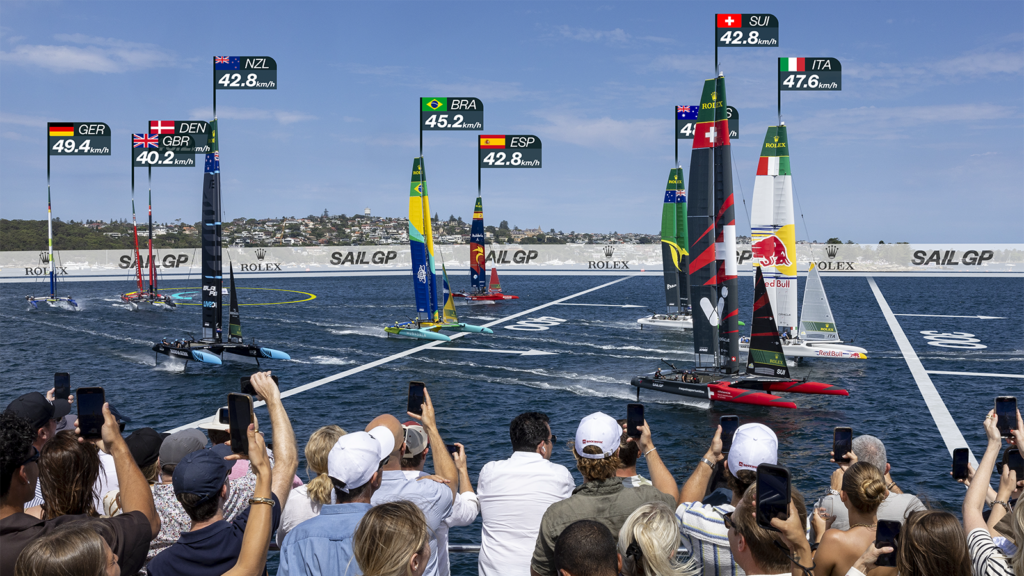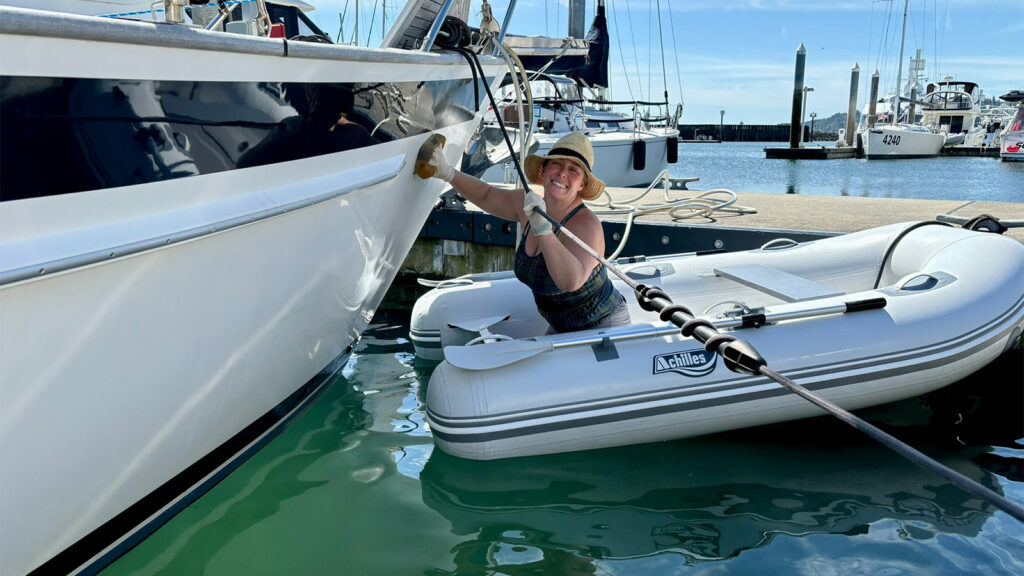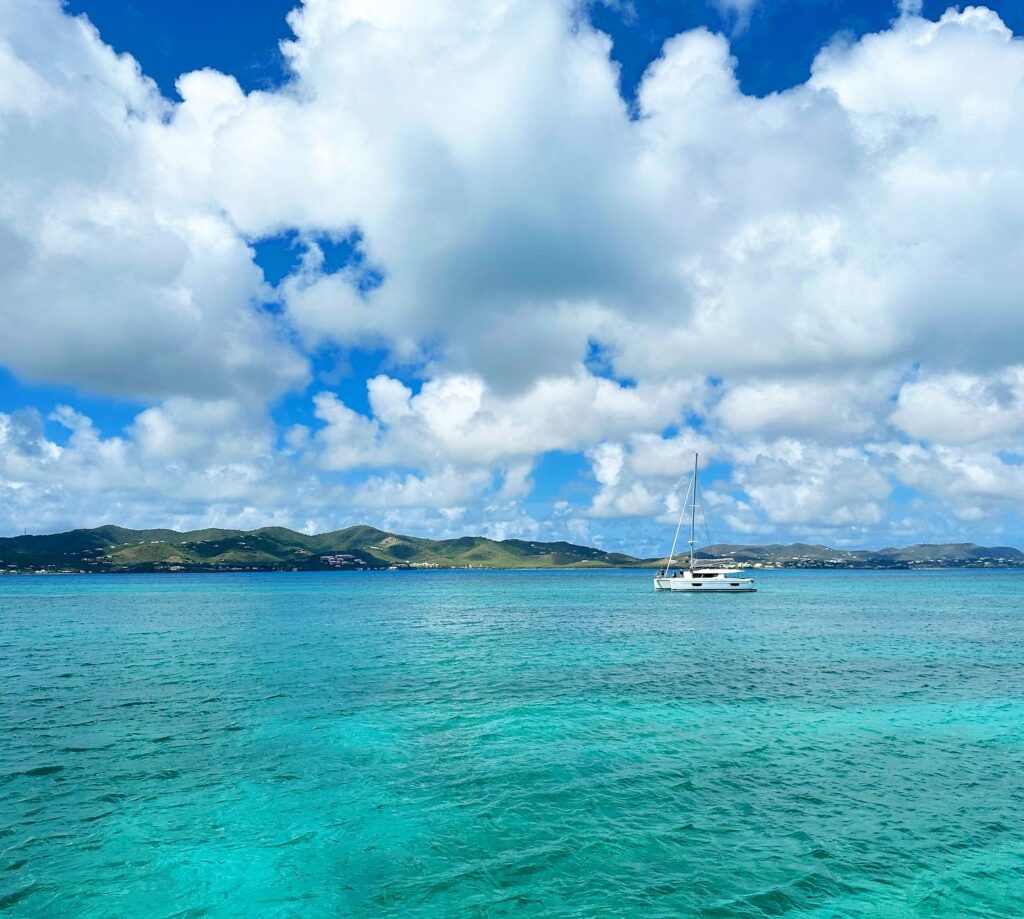I am going to get it out of the way immediately. I once fouled a prop with a towline. It took about an hour in Gustavia harbor to get the mess of braided nylon out from under one of two props on a 48-foot catamaran. It was a rooking mistake. However, it is a common issue that could have been prevented.
American Sailing has published Going Ashore Made Easy to help you use a dinghy properly and safely. This book will cover the essential information that will be taught as part of the Dinghy & Outboard endorsement for the American Sailing Association (ASA 116).
Experience and a sailing education prepare you for a bareboat charter or offshore cruising. The dinghy is an essential piece of equipment for cruisers on sailboats and powerboats and having the knowledge of proper operation is vital for the safety of yourself and others. One of the tasks that you will encounter is the storage and towing of your dinghy while on a bareboat charter or coastal cruise.
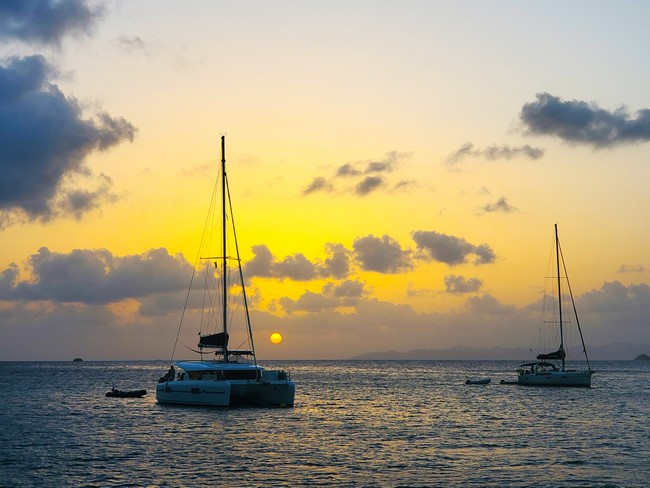
Tips on towing a dinghy from Going Ashore Made Easy: The Essential Dinghy & Outboard Manual.
Whether you should tow your dinghy for short distances depends on numerous factors that include weather conditions, the type and size of the dinghy as well as the type of boat doing the towing. It is a good idea to have a general sense of best practices in order to make an informed opinion about the procedure for towing a dinghy.
Towlines
Painters are generally not long enough to serve as towlines. Towlines should be long enough so the dinghy rides about 2 waves behind the boat. That distance will differ with sea conditions and your cruising speed, but a 30-50 ft towline is a good approximation. A typical dinghy tow line might be 40 feet of 7/16” diameter line. Use a towline rated at least 5 times the weight of the dinghy (and motor) being towed.
Outboard or Not?
In rough seas, a towed dinghy can easily be flipped or swamped. Righting an overturned dinghy is no easy feat, and it’s made even more difficult and costly if the outboard motor is submerged in seawater. Unless conditions are absolutely benign, you’d be well advised to remove the outboard motor before towing your dinghy. If you choose to leave the outboard mounted, be sure to tip it up to prevent excessive drag. In any case, close the vent on the fuel tank.
Towing Different Dinghy Types
A hard dinghy usually tracks well in calm water; attach the towline to the towing eye on the bow, preferably 6 inches or more below the stem to ensure the bow rides high. Inflatable dinghies (especially soft inflatables) don’t track as well and are best towed with a towing bridle that connects to D-rings on either side of the bow. The bridle spreads the load and helps keep the dinghy straight when towed.
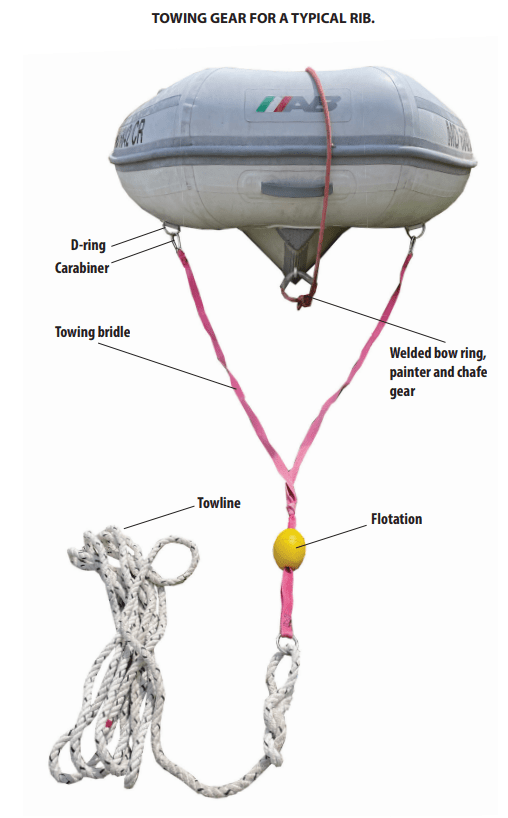
Basic Towing Guidelines
Use this basic checklist for safely towing a dinghy:
- Remove loose gear to prevent loss.
- Close the vent on the fuel tank.
- If sea conditions are not gentle, remove the outboard motor.
- If the motor remains mounted, tilt it up to prevent drag.
- Ensure you have a sturdy towline and/or bridle.
- Attach the towline to the dinghy’s centerline towing eye, or …
- Attach a towing bridle to the D-rings on either side of an inflatable dinghy’s bow. Tie the towline securely to the towing boat.
- Assess the best towing position for your cruising speed and sea conditions. Adjust the line to keep the boat and dinghy in step with the waves, or keep the dinghy in step with your wake.
- Towed dinghies require constant monitoring.
- Never put passengers in a dinghy being towed.
- Remember to slow down and shorten the towline or bring the dinghy alongside before mooring, anchoring or docking.
For more extensive towing tips as well as operations and storage take a look at Going Ashore Made Easy: The Essential Dinghy & Outboard Manual







